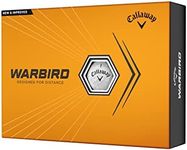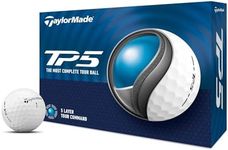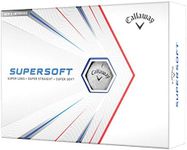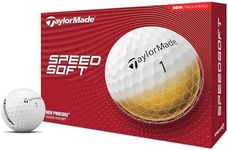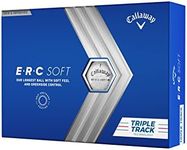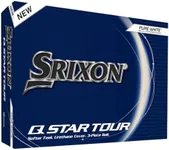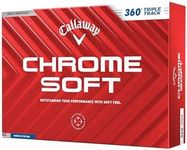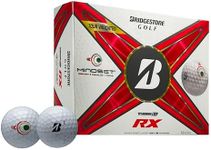Buying Guide for the Best Low Compression Golf Balls
Choosing the right low-compression golf ball can significantly impact your game, especially if you have a slower swing speed or are looking for more control and feel. Low-compression golf balls are designed to compress more easily upon impact, which can help generate more distance and a softer feel. To make an informed decision, it's important to understand the key specifications and how they relate to your playing style and needs.Compression RatingCompression rating measures how much the golf ball deforms under pressure. Low-compression golf balls typically have a rating of 70 or below. This spec is important because it affects the feel and distance of the ball. For players with slower swing speeds (below 85 mph), a lower compression ball can help maximize distance and provide a softer feel. If you have a faster swing speed, you might not benefit as much from low-compression balls and might prefer a higher compression rating for better control.
Cover MaterialThe cover material of a golf ball can influence its durability, feel, and spin. Common materials include Surlyn and urethane. Surlyn covers are more durable and provide less spin, making them suitable for beginners or those looking for more distance. Urethane covers offer more spin and a softer feel, which can be beneficial for more experienced players seeking better control around the greens. If you prioritize durability and distance, go for Surlyn. If you want more control and feel, especially on short shots, urethane is the better choice.
Dimple PatternThe dimple pattern on a golf ball affects its aerodynamics, influencing how it flies through the air. A ball with more dimples generally has a more stable flight and can help reduce drag, leading to more distance. The depth and shape of the dimples also play a role in how the ball performs in different conditions. If you often play in windy conditions, look for a ball with a dimple pattern designed to reduce lift and provide a more penetrating flight. For general play, a standard dimple pattern that balances lift and drag will suffice.
Spin RateSpin rate refers to how much the ball spins when hit. Low-compression golf balls typically have a lower spin rate, which can help reduce slices and hooks, making them more forgiving. This is particularly important for players who struggle with keeping the ball straight. If you need more control and stopping power on the greens, you might want a ball with a higher spin rate. However, if you prioritize distance and straight shots, a lower spin rate is more beneficial.
FeelThe feel of a golf ball is subjective and refers to how it feels when you hit it. Low-compression balls generally offer a softer feel, which many players find more enjoyable, especially on short shots and putts. If you prefer a softer feel and more feedback on your shots, a low-compression ball is a good choice. Conversely, if you like a firmer feel, you might want to consider a ball with a higher compression rating.

